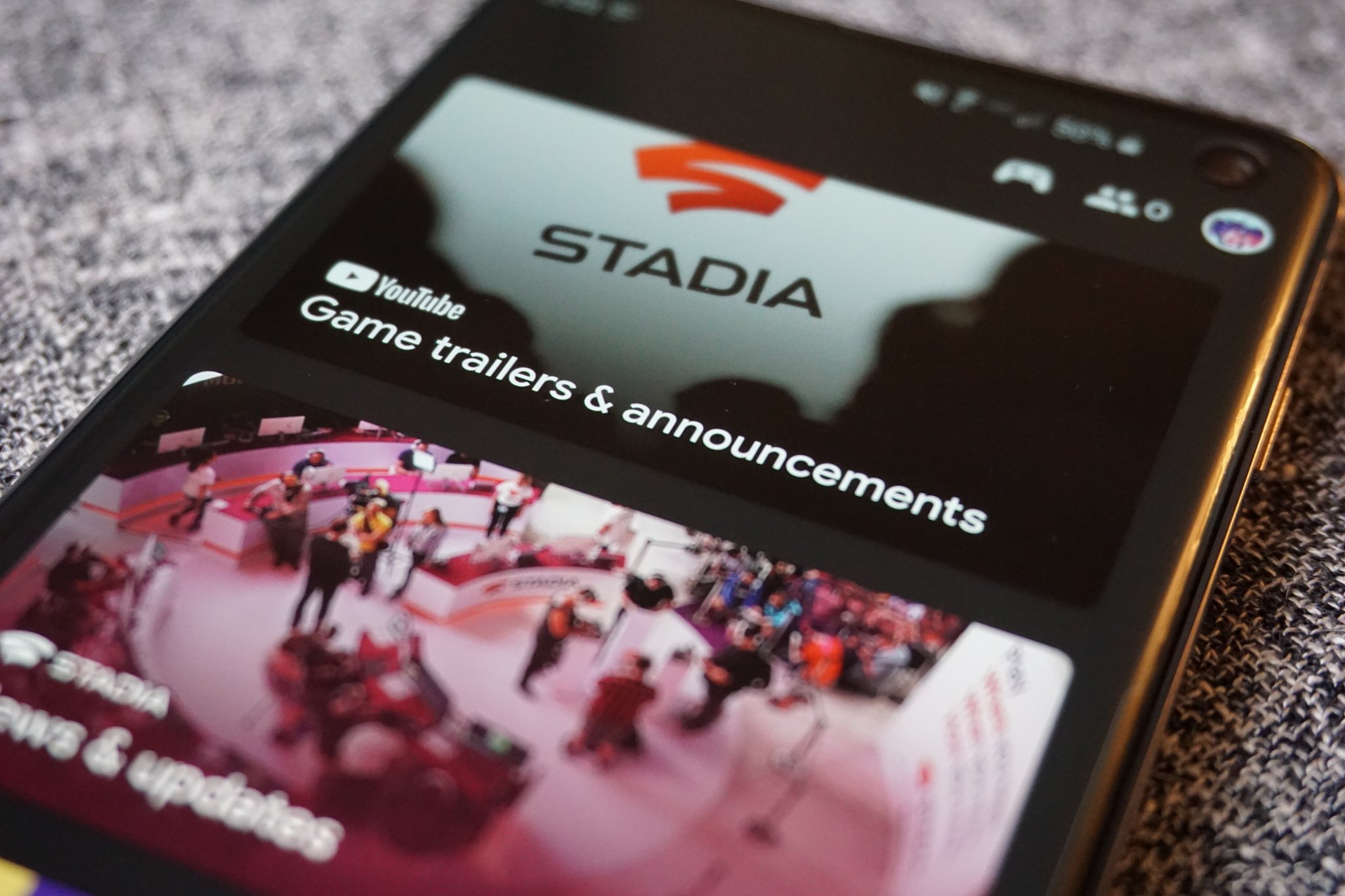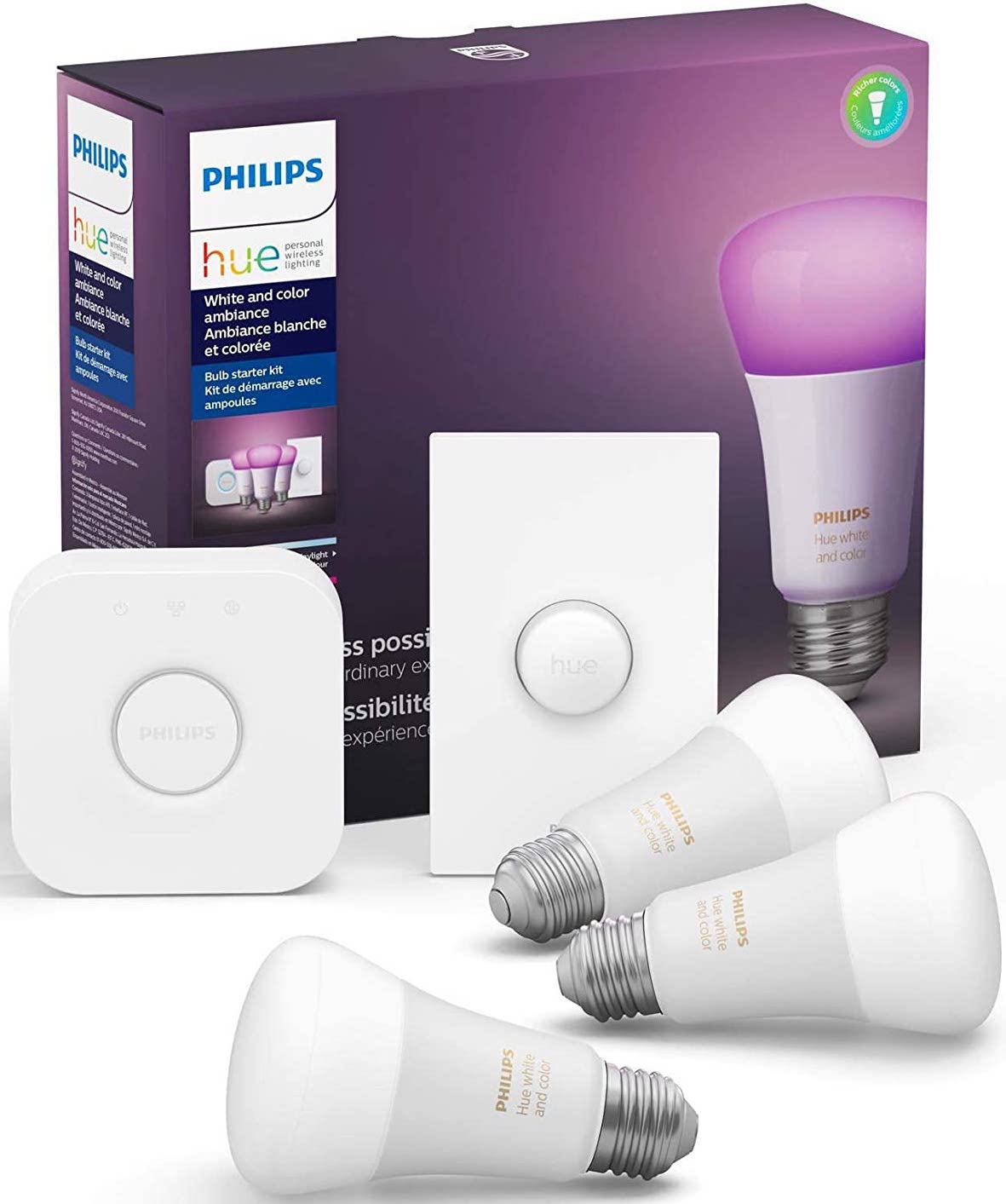Review - The Samsung Galaxy Watch 3 is still a great Android smartwatch - Android
These twists and turns feel just right.
Smartwatches are almost always forced to compromise in their design in some way. After all, it's hard to cram all of the various specs and sensors that make these tiny wrist computers so functional into something you'd actually want to wear out. The result is usually a thick, unattractive gadget that costs as much as a nice traditional watch, with the double whammy of needing to be charged once a day.
Sadly, even in some of the best Android smartwatches, those hardware tradeoffs are met with equally cumbersome software in the form of Wear OS, which continues to be a slow-moving disaster, limiting the number of compelling options on the Android side. That number dwindles even further once you decide you want some health-oriented features like heart rate monitoring and sleep tracking.
But Samsung does things a little differently. The Galaxy Watch line uses the company's homegrown Tizen software, rather than Wear OS, and features hardware niceties like circular displays and rotating bezels for navigating through the interface. The Galaxy Watch 3 also carries over the Watch Active line's focus on health and fitness and finally brings long-awaited support for some advanced physiological readings.
At a glance
Samsung Galaxy Watch 3 41mm 4GB
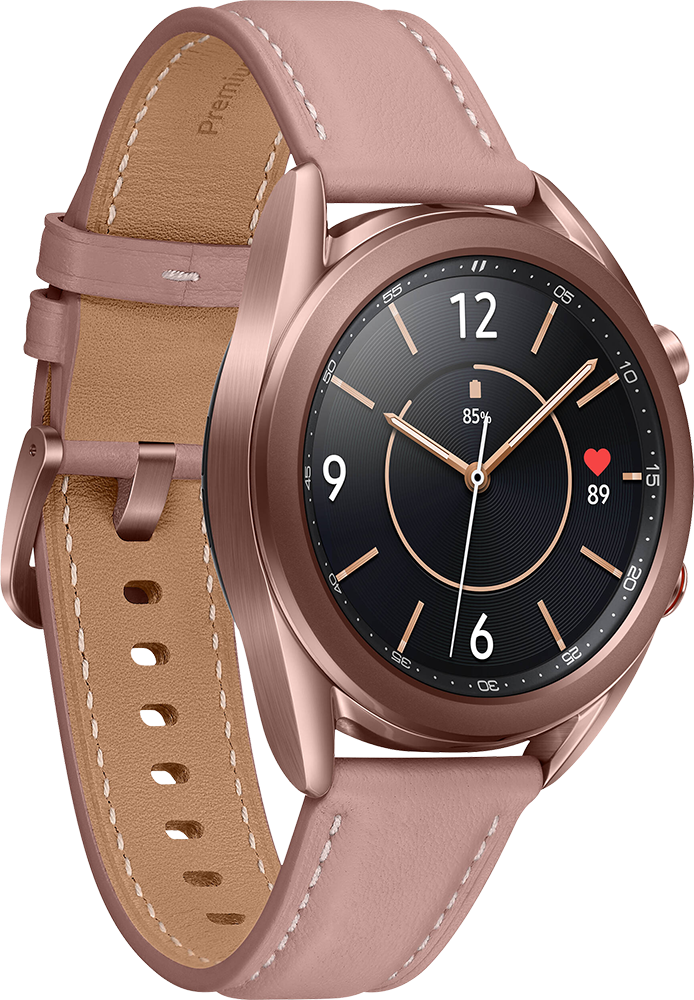
Bottom line: The Galaxy Watch 3 offers stunning hardware and a variety of health-focused features, including an EKG and blood pressure sensor. It doesn't have the widest third-party app support, but you'll get good battery life, a bright display, and Samsung's zippy Tizen OS software.
Pros
- Gorgeous classic design
- Satisfying rotating bezel
- Solid battery life
- EKG support is incoming
- Tizen is generally a great interface
Cons
- App support is still lacking
- Very high starting price
- Slow, clunky charger
- No MST for Samsung Pay
$250 at Amazon $391 at Walmart $250 at Best Buy $250 at B&H
Jump to:
- Pricing & availability
- What I love
- What needs work
- The competition
- Should you buy it?
- Review Changelog, April 2021
Samsung Galaxy Watch 3 Pricing & availability
The Galaxy Watch 3 was announced on August 5, 2020 alongside the Galaxy Note 20, Note 20 Ultra, Tab S7, Tab S7+, Z Fold 2, and Galaxy Buds Live (Samsung had a busy year!), and released the next day, August 6.
Available in a number of configurations, consumers can choose between 41mm and 45mm sizes, which feature largely the same specs, including the Exynos 9110 and 8GB of internal storage. At launch, the sizes started at $399.99 and $429.99, respectively, with an optional titanium variant of the 45mm model priced at $599.99 — though as of April 26, 2021, you can find the 41mm Galaxy Watch 3 on sale for $249.99 through most retailers, and the stainless steel 45mm model for $279.99. Additionally, Samsung offers an LTE-capable variant of either size at a $50 premium.
The 41mm Galaxy Watch 3 is available in Mystic Bronze or Mystic Silver, while the 45mm swaps the Mystic Bronze option for Mystic Black. The Galaxy Watch 3 Titanium is only available in Mystic Black, and swaps the included leather band with a metal one.
Samsung Galaxy Watch 3 What I love
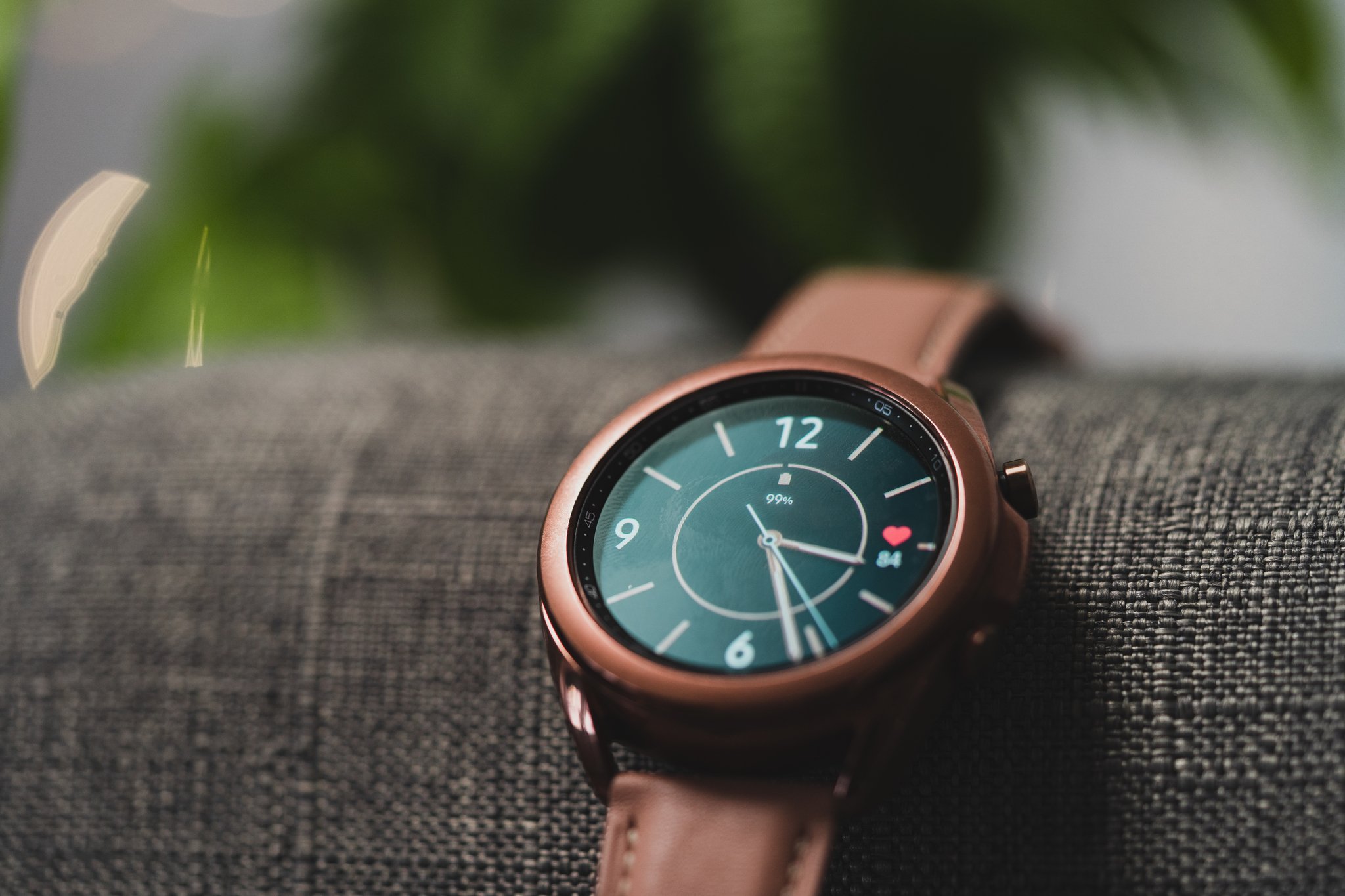
As far as smartwatches go, the Galaxy Watch 3 has pretty stunning hardware. The casing is made of stainless steel (or titanium, depending on the version you buy, and feels just as great as it looks. It's a bit on the thicker side, though; Samsung markets the Watch 3 as being 14% thinner than the original Galaxy Watch, but the 41mm review unit I was sent is still over 11mm thick. It's even slightly thicker than the 45mm version, since it needs to cram all of the same sensors into a smaller chassis.
Still, I absolutely love how small of a footprint Samsung was able to give this watch, as it takes up even less space on my wrist than the analog watch I typically wear. I'm also a sucker for leather bands and have zero complaints with the one that comes included in the box — though if you're into other materials like metal or silicone, you can easily swap it out with a standard 20mm band (22mm if you opt for the 45mm version).
The Galaxy Watch 3 is a gorgeous timepiece with a surprisingly small footprint.
I thought the haptic "touch bezel" on last year's Galaxy Watch Active 2 was pretty slick, but I'm glad that Samsung revived the physical rotating bezel with the Watch 3. There's a satisfying audible click with each rotation of the dial, and it makes scrolling through the software interface delightfully fun. Hell, even when you aren't actively using the watch, it's a bit like having a fidget spinner strapped to your wrist.
Samsung sent me the Galaxy Watch 3 in its Mystic Bronze finish, which closely resembles a pink or rose gold; it's certainly not as easy to match with an outfit as the Mystic Black or Mystic Silver alternatives (at least, not when your closet is mostly full of band tees and Uniqlo sweaters), but it's a fun, eye-catching color that you definitely won't see on much of the competition.
Oddly, the 41mm variants of the Galaxy Watch 3 feature a totally smooth rotating bezel around the display, while the 45mm casing features a finely ridged ring in its place.
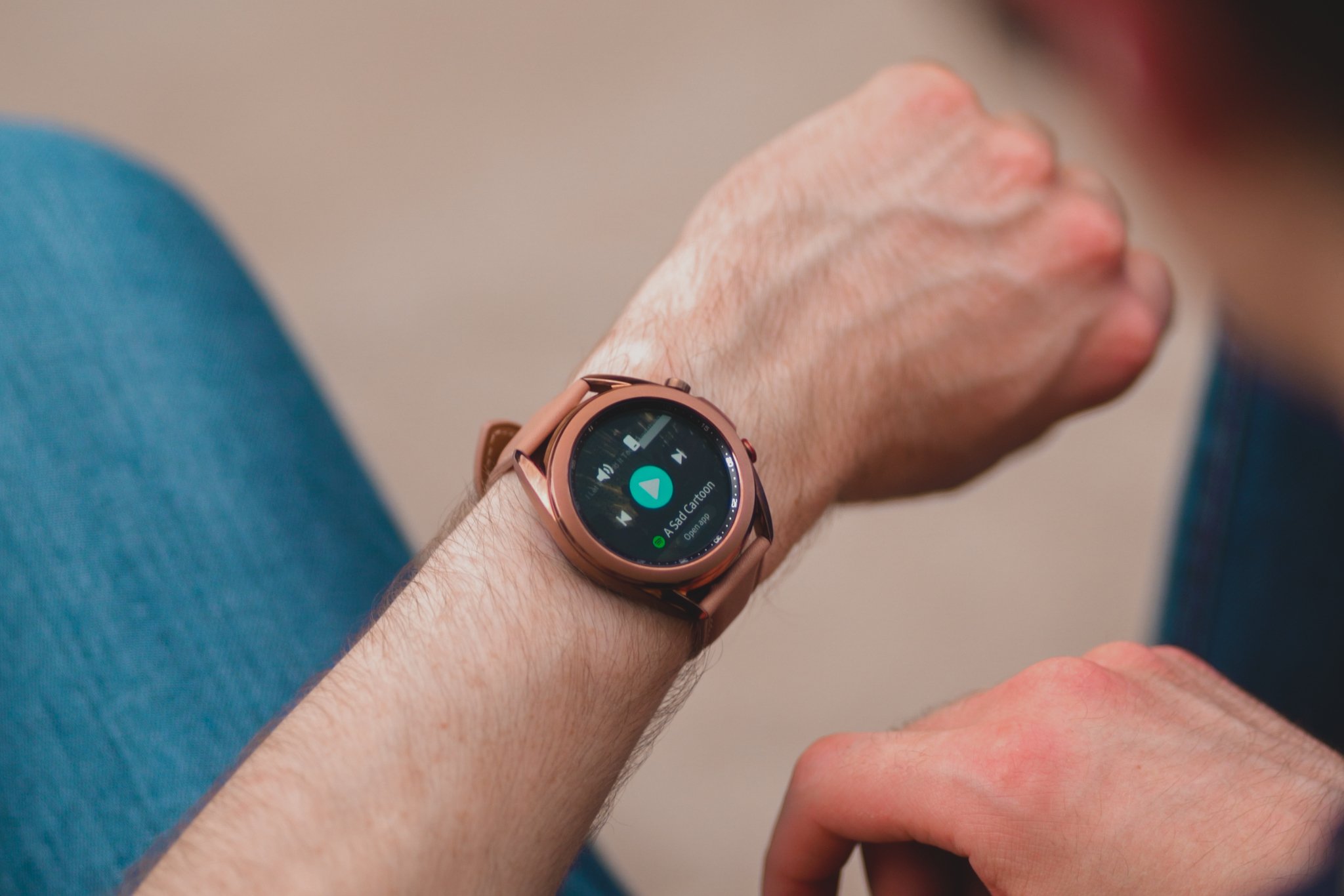
Great hardware and looks are hugely important on a smartwatch — after all, watches are just as much an accessory as they are a utility — but they don't add up to much if the software isn't equally good. Luckily, Tizen mostly holds up.
Samsung added so many fitness features here that there's no more need for an Active line.
I love how naturally Samsung's interface pairs with a circular display. Of course, you can use the rotating bezel to scroll through pages and menus, in addition to being able to just touch and swipe on the screen. Even if you've never used a Tizen watch before, it's very intuitive and easy to learn quickly.
Two major additions to the Galaxy Watch 3 are its blood pressure detector and electrocardiogram, otherwise known as an ECG or EKG. Samsung struggled for years to receive FDA approval for these features in the U.S., even putting the necessary hardware into some of its older watches like the Watch Active 2 in hopes of retroactively enabling the settings later. Thankfully, coinciding with the announcement of the Watch 3, Samsung finally got the go-ahead for its EKG and blood oxygen sensor tech, and eventually activated the features in late September 2020.
Along with SpO2 (blood oxygen monitoring), the Watch 3's pulse oximeter allows it to read out VO2 max, which tells you the maximum amount of oxygen you can intake and utilize while exercising. You get a VO2 estimate automatically after each workout routine, though you'll need to initiate blood oxygen readings through the Samsung Health app manually.
My friend Andrew Martonik frequently bemoans the reliability of the GPS on past Galaxy Watches, but while I certainly don't get out and exercise nearly as often as he does, I've found the Watch 3 to be fairly accurate. On a three-mile walk through a paved trail with distance markers every half-mile, the Galaxy Watch 3 stayed consistent with the signs I passed and gave me a full post-workout sheet with stats like my heart rate trends, calories burned, etc.
Samsung Galaxy Watch 3 What needs work
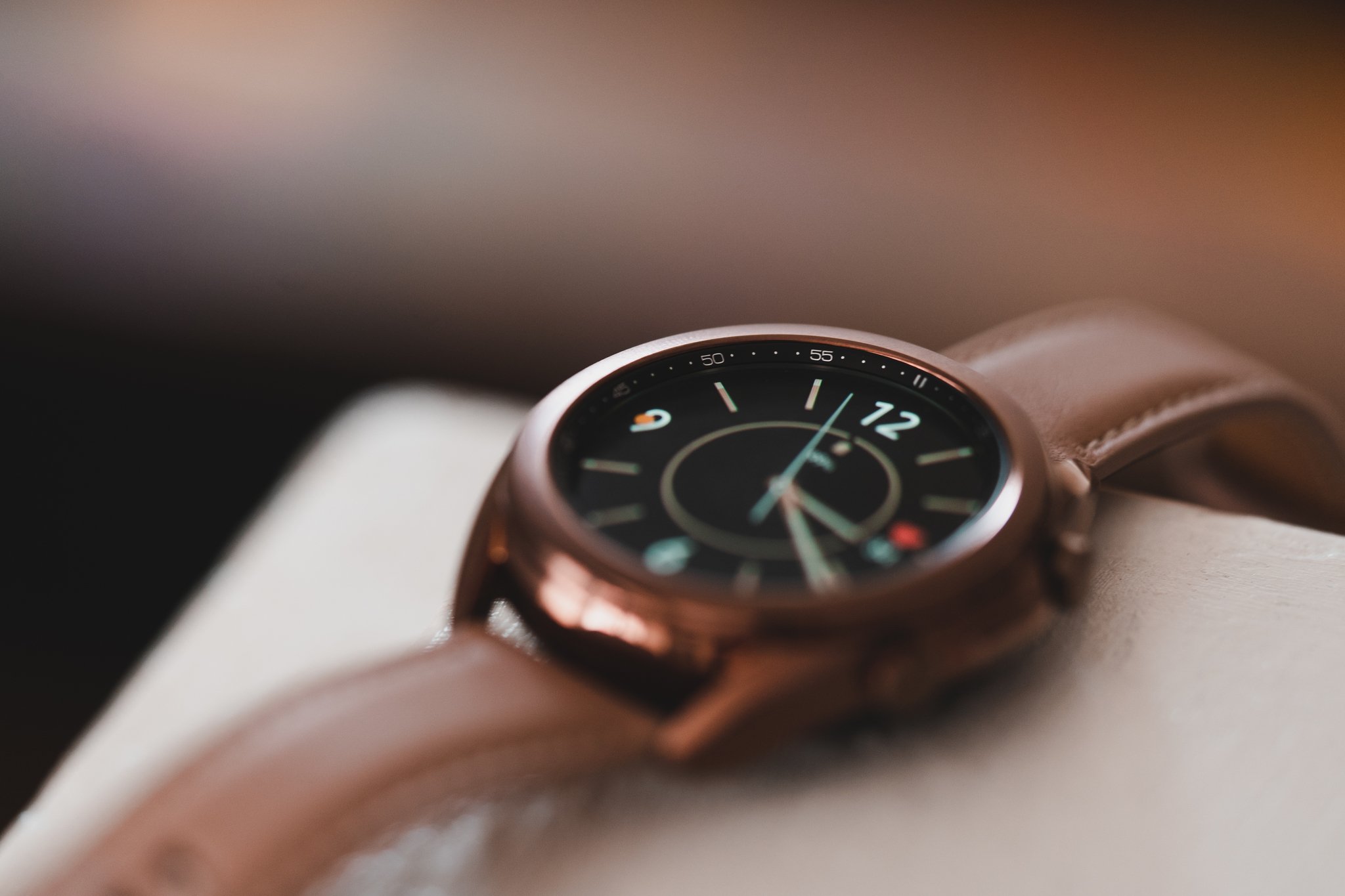
Let's talk about that Tizen software for a second, though. I really like the general interface, but despite Samsung's efforts, third-party app support is still lacking. In fact, Spotify is the only app on my phone that populated an app on the Watch 3. I've also found that Spotify app to be hugely unreliable, often failing to control my music playback properly.
Tizen is still woefully lacking in third-party apps.
I was also a bit disappointed by the Watch 3's battery life. It isn't bad; in fact, with the always-on display disabled, I had no trouble squeezing two or three days out of a single charge. But with AOD turned on, even one full day is pushing it at times, especially if you're using the Watch for activity monitoring.
Another thing I really wish Samsung would improve is the charging situation. The included magnetic puck is more or less the same as on every previous Galaxy Watch, with a weak connection that's easy to dislodge. I've picked up the Watch 3 hours after putting it on the charger, only to find that it wasn't seated just right and didn't charge at all. It also still uses USB-A, which is ... well, it's fine, but I'd love to see a USB-C option.
There's also the sky-high launch price. The Galaxy Watch 3 originally started at $400 for the 41mm Bluetooth-only model, and only went up from there. That kind of pricing is nothing new for the Galaxy Watch line, but if you've looked at any Wear OS-powered watches lately, you're bound to feel some sticker shock here. That's not to say that the Galaxy Watch 3 isn't worth the money, if for the gorgeous hardware alone, but you need to really want a premium smartwatch to justify buying it, even at its newly discounted rates.
The competition
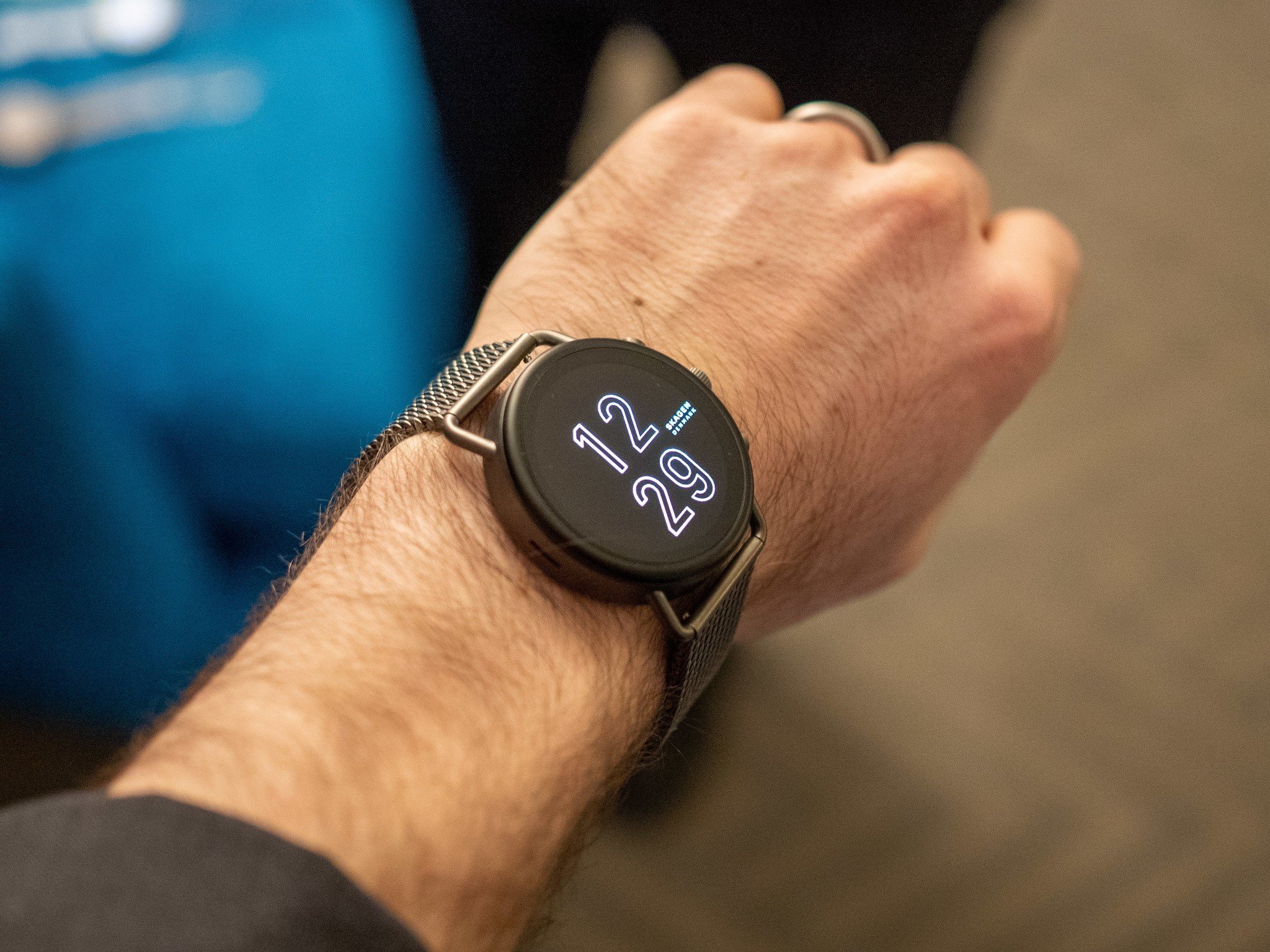
If you're not into the Galaxy Watch 3 or just don't like the idea of shoveling out a few hundred dollars to get one, your first thought might be to look at the Wear OS side of things, but there are some good alternatives within even Samsung's own lineup. The Galaxy Watch Active 2 is still a great buy at its discounted rate of $180 as of April 26, 2021, offering many of the same features as the Watch 3 in a simpler chassis.
You won't get the fun rotating bezel, but Samsung replicated its own feature with a touch-sensitive bezel that uses haptic feedback to "click" at you as you drag your finger along the perimeter, and it more or less gets the point across. The Galaxy Watch Active 2 also features the same EKG hardware inside for heart rate monitoring — though unlike the Watch 3, you won't be able to check your blood oxygen levels.
If you are interested in Google's Wear OS platform, though, the Fossil Gen 5E is also worth looking at. For $179, the Gen 5E is a reasonably good-looking watch with an understated design and a rotating crown for interfacing with the software, similar to Samsung's rotating bezel. You even get some of the same features, including heart rate monitoring and basic fitness tracking.
Samsung Galaxy Watch 3 Should you buy it?
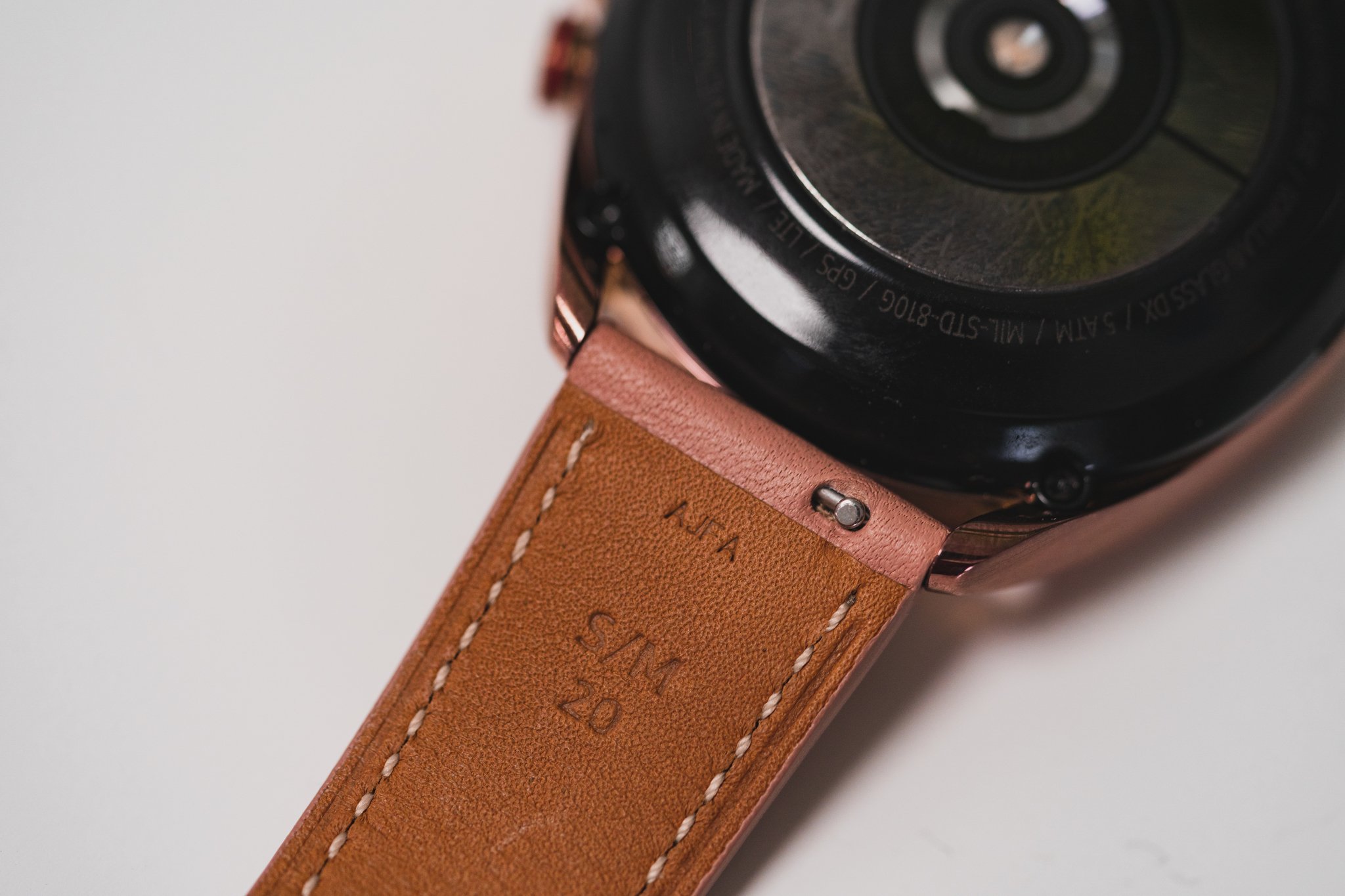
Who it's for
- Those looking for a classic watch that can dress up or down
- Those looking for health features like an EKG
- Those with active lifestyles looking to track their activity
- Those who enjoy navigating through software with a rotating bezel
Who it isn't for
- Those looking for an affordable smartwatch
- Those who need an expansive third-party app selection
- Those looking for a Wear OS watch
Put simply, if you're willing to shell out the cash, the Galaxy Watch 3 is the best Android smartwatch you can buy, despite not running on Google's Wear OS. It's equal parts gorgeous and functional, and its collection of health-focused features put it in direct competition with the likes of brands like Garmin and Apple. The rotating bezel is undoubtedly the best (and most fun) way to interact with a smartwatch without obfuscating the screen, and Samsung's Tizen OS is fluid, responsive, and well-tailored for the circular display.
The weak third-party network of apps could be a deal-breaker for some, but Samsung packs a lot of features into the watch, to begin with, and the Watch 3 performs its core function as a notification aggregator well. You'll get good battery life (so long as you leave the always-on display feature off), a sharp display that's bright enough to use outdoors without a hitch, and fantastic hardware with a stylish leather band that's easy to swap out if you prefer.
There are plenty of great Wear OS alternatives available at lower price points, which benefit from a wider selection of third-party apps, but in most cases, you'll be giving up some combination of hardware polish and fitness sensors. The Galaxy Watch 3 costs a pretty penny, but it's hard to think of a better smartwatch right now for most people with an Android phone in their pocket.
Samsung Galaxy Watch 3 41mm 4GB

$250 at Amazon $391 at Walmart $250 at Best Buy $250 at B&H
The Galaxy Watch 3 offers stunning hardware and a variety of health-focused features, including an EKG and blood pressure sensor.
Review Changelog, April 2021
This article was originally published in August 2020. It was updated in April 2021 with the following changes.
- Updated pricing in the product boxes and body text.
- Added more information on the rollout of EKG and SpO2 support in the U.S.
- Updated the competition section with reference to the Fossil Gen 5E and current pricing.
28/04/2021 02:30 PM
Future Samsung Foldables May Include Health Monitoring Hardware
28/04/2021 11:02 AM
Sony Has Sold Nearly 8 Million PS5 Consoles Since Launch
28/04/2021 10:26 PM
RuneScape is finally coming to iPhone and Android devices this summer
28/04/2021 02:53 PM
Zepp Z Review - a $349 fitness tracker disguised as a gorgeous smartwatch
28/04/2021 03:00 PM
New Android Malware Aims To Steal Your Passwords
28/04/2021 02:35 PM
The best Android phones available at Boost Mobile
28/04/2021 12:00 AM
Google Stadia finally gets a search bar and updated Library UI with sorting
28/04/2021 04:30 PM
Get the most out of these smart devices and services with Google Assistant
28/04/2021 06:00 PM
- Comics
- HEALTH
- Libraries & Demo
- Sports Games
- Racing
- Cards & Casino
- Media & Video
- Photography
- Transportation
- Arcade & Action
- Brain & Puzzle
- Social
- Communication
- Casual
- Personalization
- Tools
- Medical
- Weather
- Shopping
- Health & Fitness
- Productivity
- Books & Reference
- Finance
- Entertainment
- Business
- Sports
- Music & Audio
- News & Magazines
- Education
- Lifestyle
- Travel & Local






